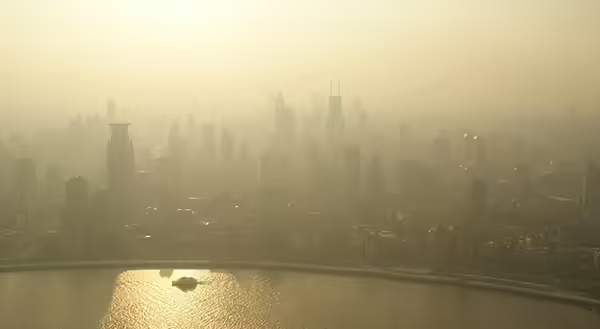
Much of the Midwest has experienced very hazy and smoky conditions the past few days. This is caused by a combination of several atmospheric conditions along with an extreme natural event at the same time.
What is the atmosphere doing?
Currently, the U.S. is being affected by what’s called an omega block. To understand this, we need to look at what’s happening around 18,000 feet up. At that elevation, there is a big area of high pressure sandwiched between two areas of low pressure. The jet stream is moving in between these lows and the high.
Think of a big upside-down U in the jet stream, with Illinois sitting on the right side of the downward U. To the west in the Great Plains, they will have dry and warm conditions with not much wind. To the east, they will have cool, cloudy, and wetter than normal conditions. Illinois is on the edge of both. For the past few weeks, Illinois has been located where winds are out of the north, bringing air out of Canada.
What may be causing the omega block?
Currently, there is an ongoing El Niño event, which is warmer than normal ocean water in the Eastern Pacific. This has multiple effects on weather in North America and may be a factor in an omega-blocking pattern in the jet stream.
Where is the smoke from?
At the same time, Canada has been experiencing its worst fire season in recorded history according to the Canadian Interagency Forest Fire Centre. Almost 500 forest fires, a total of 20 million acres so far in 2023, are burning in eastern Canada, which has also faced warm and dry conditions.
The big high pressure in the middle of the U.S. causes air to sink from higher altitudes. Even though the Canadian wildfire smoke rises, it gets pushed back down to the surface by the sinking air. So, smoke is brought in by the jet stream and pushed down. Not a great combination for overall air quality.
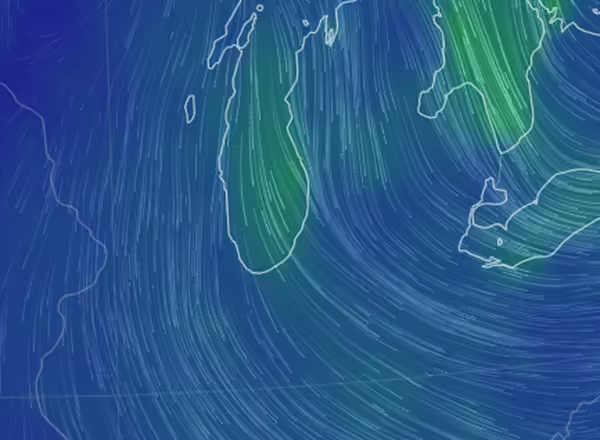
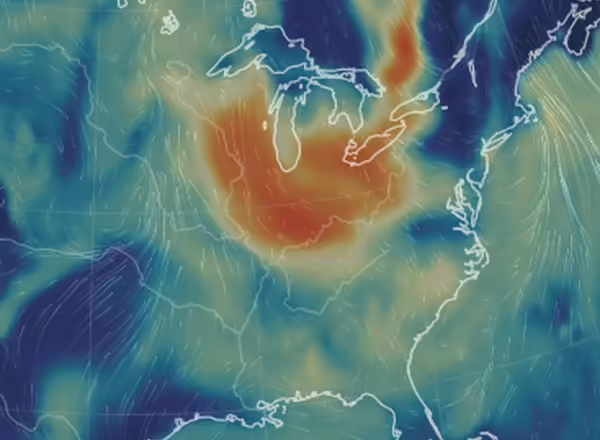
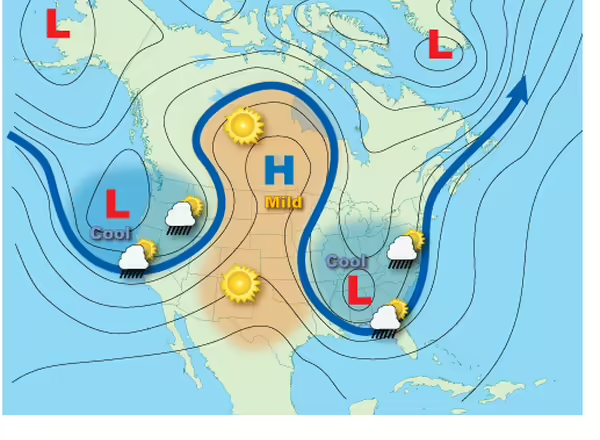
How long will this pattern last?
While the Canadian wildfire season usually peaks in July and August, there is some hope for above-normal precipitation from the end of June through mid-July, according to the National Weather Service. Rain will remove smoke particles from the air, greatly improving air quality.
What should people do while the smoke is present?
Anyone with respiratory issues should stay indoors. When levels are very high, everyone may experience health concerns. To know the level of air quality, visit the EPA air quality website at airnow.gov.
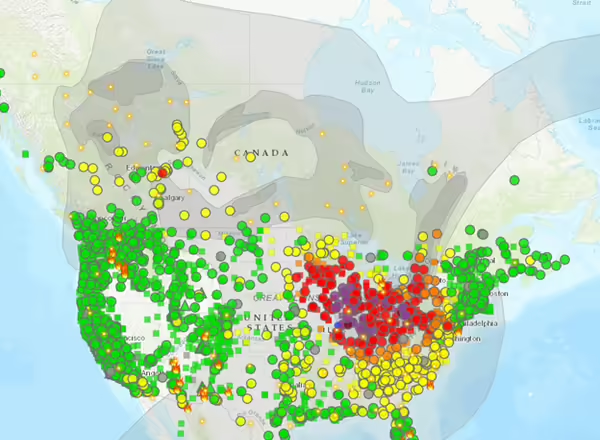
ABOUT THE BLOG: All About Weather is a blog by Duane Friend that explores the environment, climate, and weather topics for Illinois. Get in-depth information about things your weather app doesn't cover, from summer droughts to shifting weather patterns. Never miss a new post! Sign up for our email list.
MEET THE AUTHOR: Duane Friend is the Illinois Master Naturalist Coordinator and Climate Specialist with University of Illinois Extension, serving the organization in many roles since 1993. Duane provides information and educational programs to adult and youth audiences in the areas of soil quality, weather and climate, energy conservation, and disaster preparedness. These programs provide practical solutions for families, farms, and communities. He assists families in creating a household emergency plan, farmers with the implementation of soil management and conservation practices, and local government officials and business owners with energy conservation techniques.